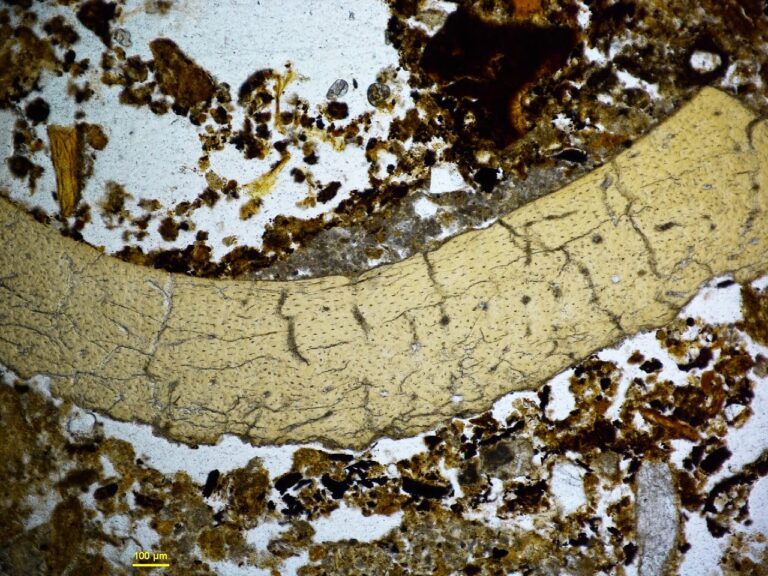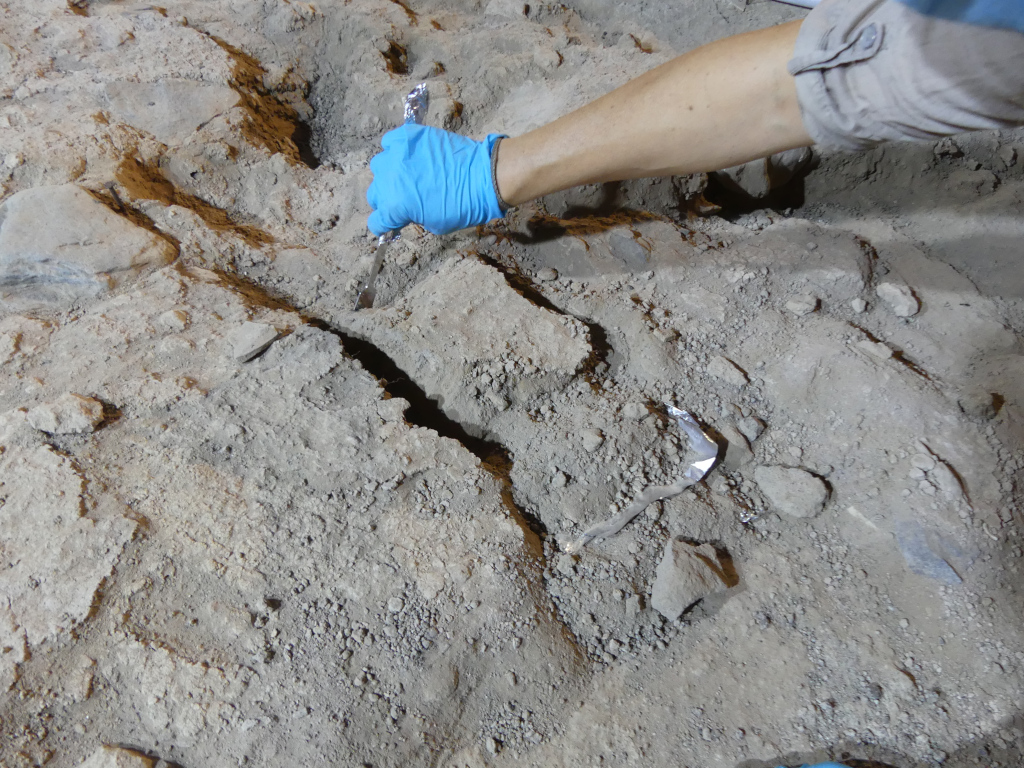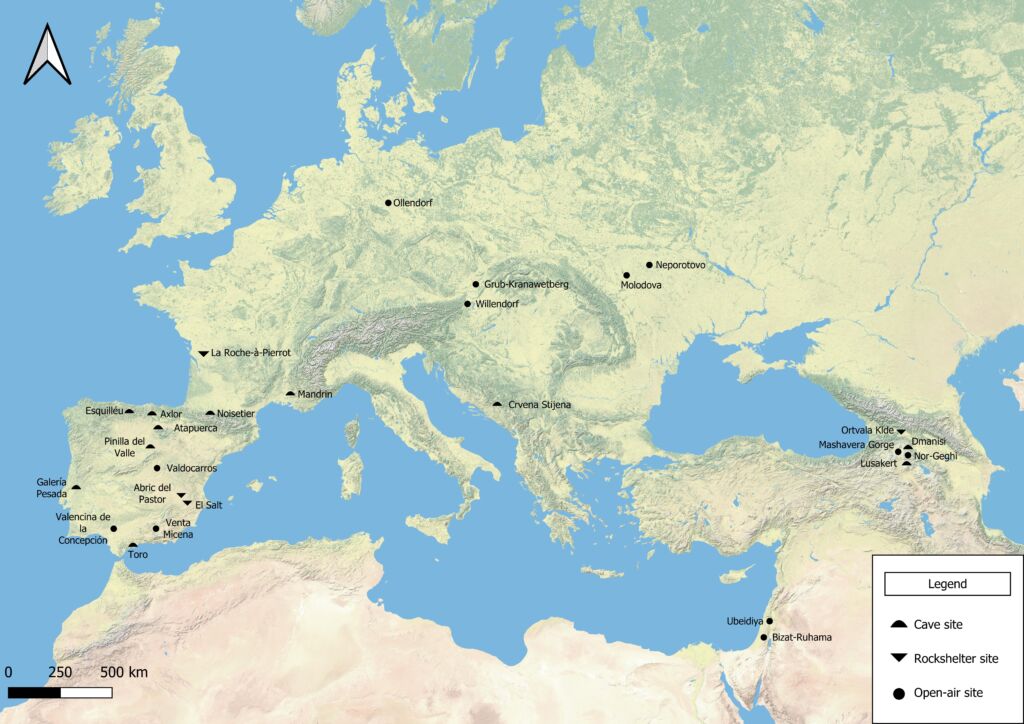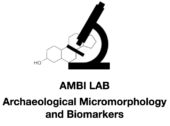Our Research
In our lab, we carry out joint soil and sediment micromorphology and organic geochemistry of archaeological sites. Micromorphology provides a zoomed-in view of archaeological contexts at a scale in which we can identify microscopic plant, animal and mineral remains that go unnoticed during excavation and explore their arrangement, their state of preservation and their source (was it deposited by humans, by rain, by wind…by a bird?) to help solve archaeological problems, chronostratigraphic problems, or provide paleoenvironmental information. It also allows us to study stratigraphic sequences at very narrow time scales, generational time scales rather than geological ones. This is crucial in archaeological research.

We are also interested in identifying organic residues preserved in archaeological sediment through the study of lipid biomarkers, which are source-specific lipid molecular compounds. Even though an important portion of the remains of human activities are organic in nature (bedding, clothing, food, the surrounding vegetation…), the organic record of archaeological sites is widely unknown due to its relatively poor preservation potential. Normally, all that is left after biodegradation can only be identified at microscopic and molecular scales of observation. Our strategy involves joint sampling of archaeological sediment for micromorphology and lipid analysis to target microscopic particles or domains in which we are likely to find lipid residues.

Our microcontextual method entails a bottom-up approach to the study of the human past. We embrace data, archaeological science, multidisciplinary research, experimental geoarchaeology and geoethnoarchaeology.

Main research lines
Our Partner Sites in Europe
The AMBI Lab collaborates with a network of archaeological and research sites across Europe, working closely with local teams to investigate past human-environment interactions. These partnerships allow us to apply our geoarchaeological methods in diverse contexts—from Paleolithic cave sites to open-air settlements—strengthening our comparative research and fostering international scientific exchange. This map highlights the key sites across Europe where the AMBI Lab is actively involved in archaeological research and collaborative projects.



